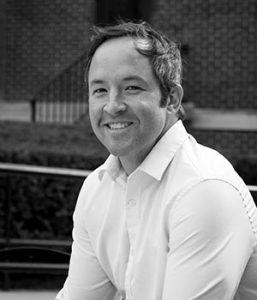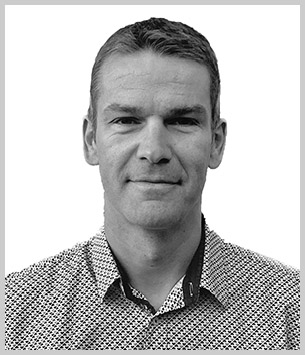
Tuesday | April 12th | 12:30 p.m.
Clearwater Room (ISUB) or join us on Zoom
https://uidaho.zoom.us/j/87540562860 Passcode 028591
Eddie Brzostek
Assistant Professor, Department of Biology
West Virginia University
“The hidden half: How interactions between plants and microbes belowground drive ecosystem responses to global change”
Accurate projections of the future land carbon sink by global climate models depend on how they represent nutrient constraints on primary production. While empirical research has highlighted the rhizosphere (i.e., the area immediately surrounding roots) as a hotspot for the trading of carbon for soil nutrients between roots, mycorrhizal fungi, and free-living microbes; these important plant-microbial interactions are missing in the models. Here, I will explore recent efforts to integrate root and mycorrhizal processes into models. First, I will make the case for including plant-microbial interactions in models by highlighting empirical evidence of their role in driving ecosystem responses to global change. Second, I will show recent advances we have made to integrate dynamic interactions between plant and microbial functions into ecosystem and global scale models. Finally, I will discuss preliminary efforts in my lab to begin integrating -omics data on microbial traits and functions into soil decomposition models.

Tuesday | April 26th | 12:30 p.m.
VIRTUAL – Join us on Zoom
https://uidaho.zoom.us/j/87540562860 Passcode 028591
Bart Deplancke
Professor and Vice Dean of Innovation
Swiss Institute of Bioinformatics Group Leader
Institute of Bioengineering, School of Life Sciences
Swiss Federal Institute of Technology (EPFL)
“Tissue development and homeostasis at single cell resolution”
Single cell RNA sequencing (scRNA-seq) has enormous potential to contribute to our understanding of cell type, tissue structure and homeostasis, development, and pathology. Yet, there are few examples so far where the application of this powerful technology has enabled the identification of a novel, functional cell population. In the first (largest) part of my talk, I will show how my lab exploited scRNA-seq to uncover a new cell type in the adipose stem cell-enriched stromal vascular fraction (SVF) of mouse and human adipose depots. To our great surprise, we found that this novel cell population is not only refractory to fat cell differentiation, but it also actively inhibits adipogenesis of other adipose SVF cells in vitro and in vivo, hence why we named them Aregs for Adipogenesis Regulators. Thus, our findings point to a critical role for Aregs in modulating the plasticity and metabolic signature of distinct fat-cell containing systems, where they may constitute essential components of the elusive adipogenic precursor niche, together providing entirely new biological understanding of how tissue development and homeostasis may be regulated. In the second part of my talk, I will introduce a new scRNA-seq technology that we developed in our lab, DisCo, a deterministic, mRNA-capture bead and cell co-encapsulation dropleting system. DisCo enables precise particle and cell positioning and droplet sorting control through combined machine-vision and multilayer microfluidics, enabling continuous processing of low-input single cell suspensions at high capture efficiency. I will demonstrate how we can now use DisCo to analyze individual systems / tissues such as single intestinal organoids or crypts, revealing unexpected organoid/tissue subtypes that would not have been visible when processing organoids/tissues in bulk. Thus, DisCo should prove a valuable tool for anyone interested in analyzing individual, low cell-content systems that fall below the minimum cell input requirements of routinely used scRNA-seq approaches such as the one from 10X Genomics.
